
[055] Branta canadensis, Canada Goose
Introduction
Branta canadensis, the Canada Goose, is a widespread and common ‘black’ goose in the UK but is not technically a native species.
Taxonomy
Kingdom – Animals
Phylum – Chordates
Class – Aves (birds)
Order – Anseriformes (Waterfowl)
Family – Anatidae (Ducks, Geese and Swans)
Subfamily – Anserinae (Geese and Swans)
Genus – Branta
Scientific Name – Branta canadensis
Name
Branta is Latinized from the Old Norse Brandgas meaning burnt-goose i.e. black goose.
Description
The back is a barred light grey-brown and the breast is white. Male and female birds are identical.

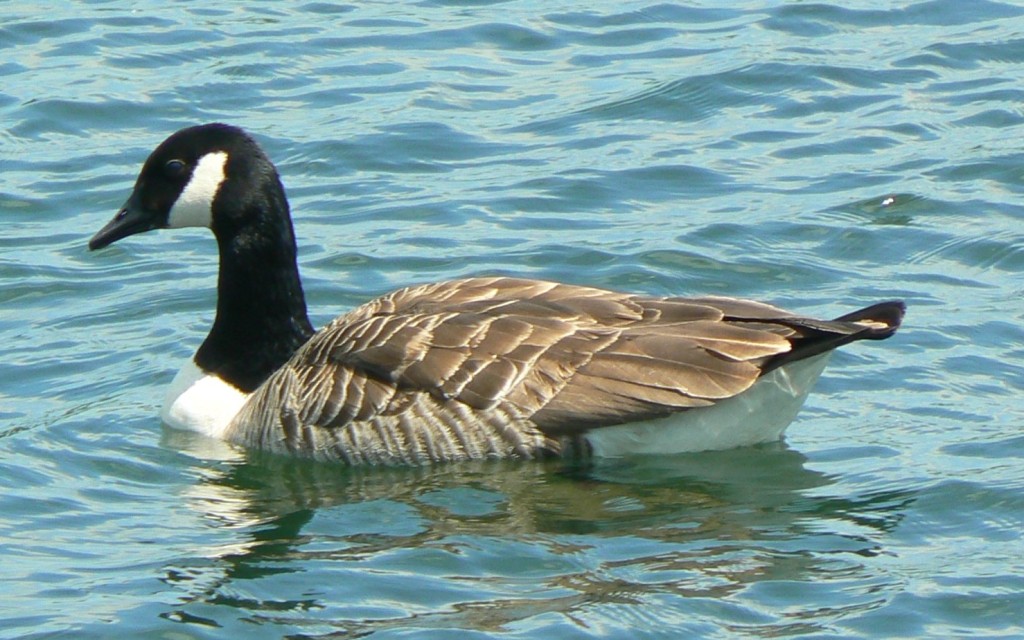

The head and neck are all black apart from a white cheek patch.
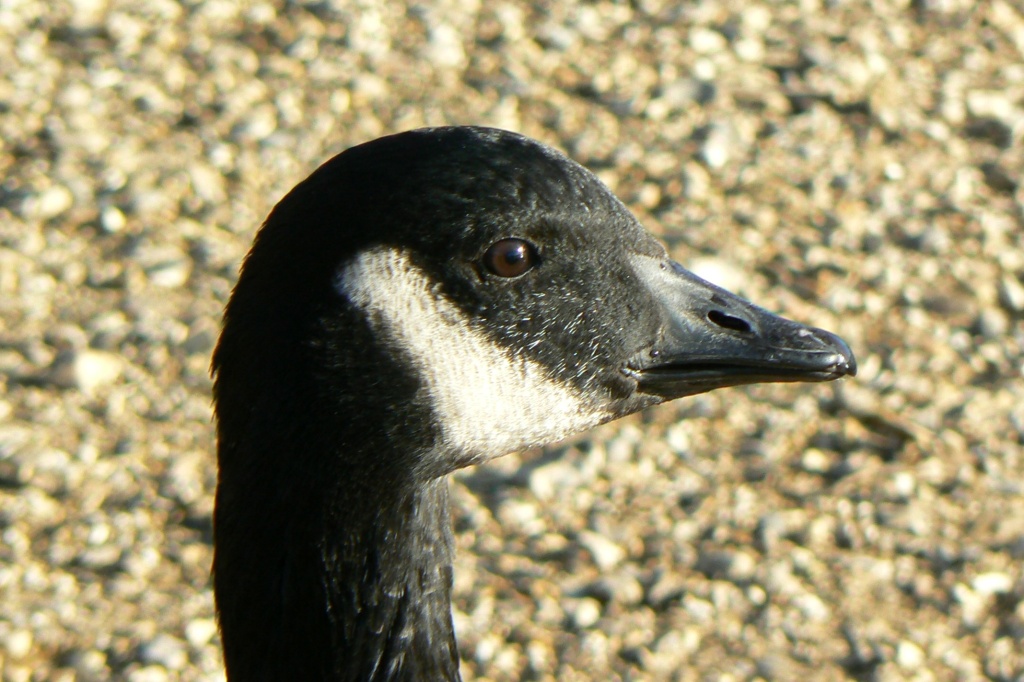
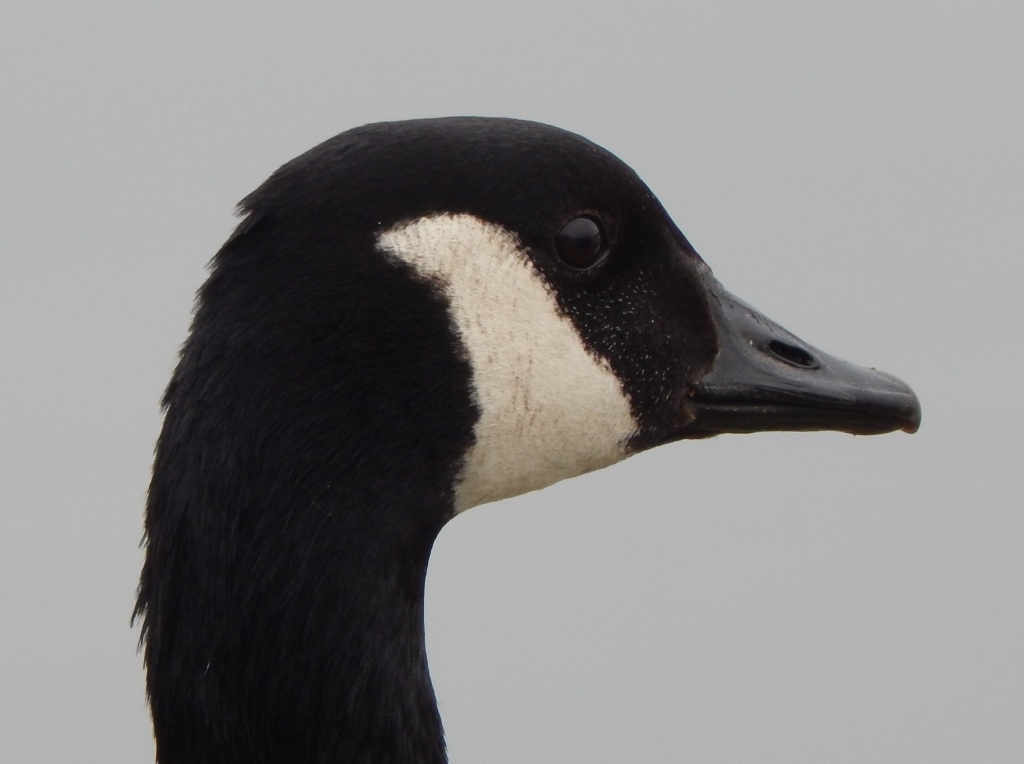
Branta geese are distinguished from other geese by their black legs and feet.

They are gregarious and mainly herbivores. They feed on grass, beans and grains and sometimes aquatic plants just below the surface of the water.

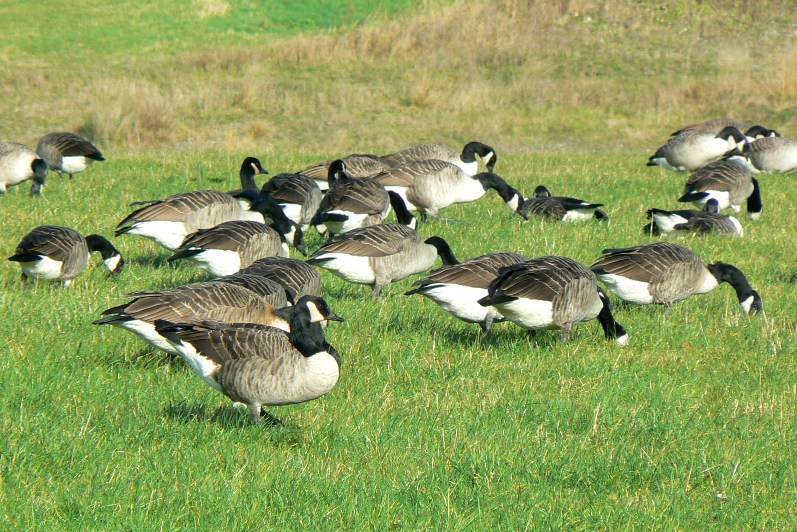

The young goslings start as yellow-brown chicks similar to most waterfowl. They can walk, swim and feed themselves immediately. They follow the parents and gradually grow to look like them.




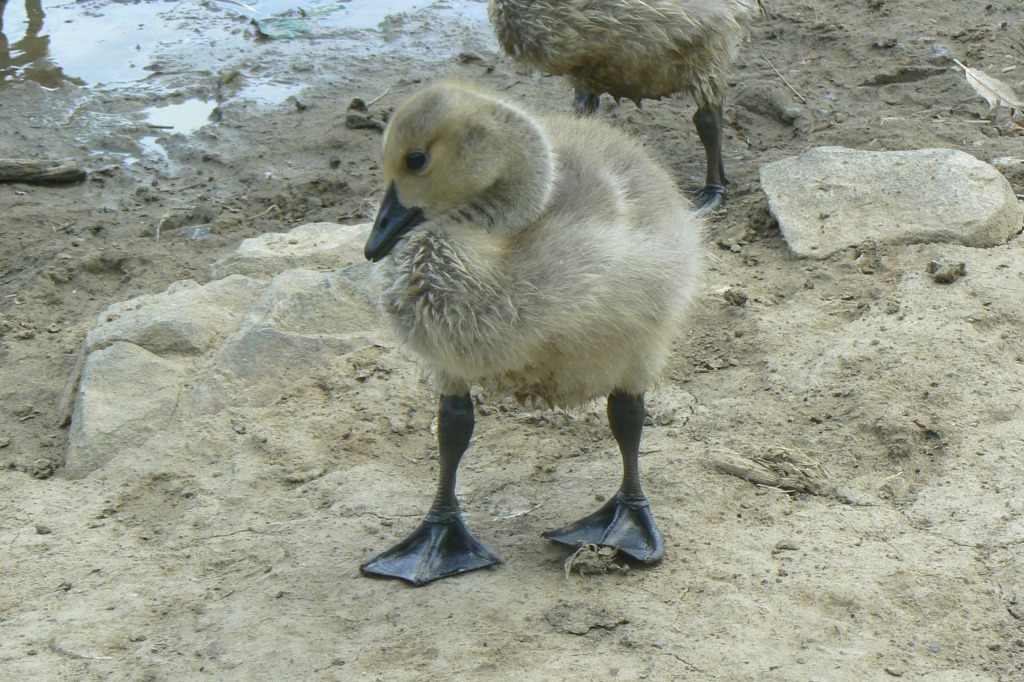



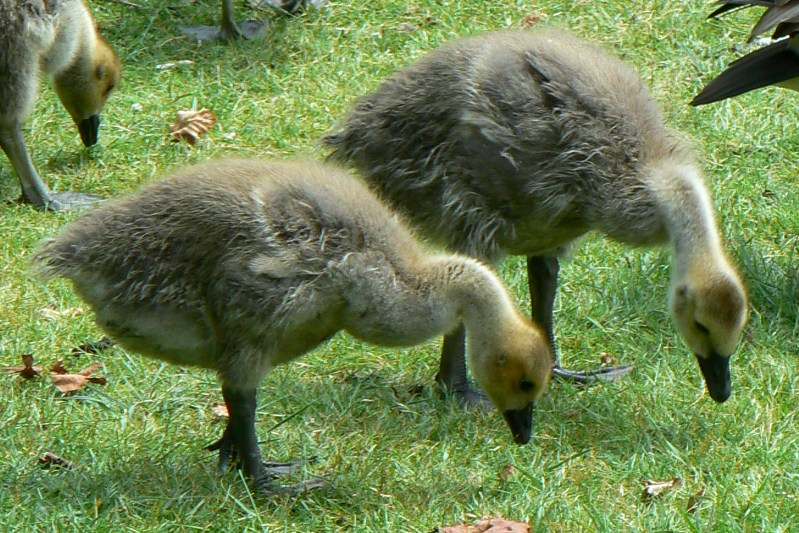

Habitat and use
The Canada Goose is widespread and common in North America, where it is migratory. Hence its name.
It has been introduced in Europe from several sources, starting in the Seventeenth Century with the collection of King James II in St James’s Park in London.
They are widely hunted in the USA but are not otherwise normally eaten.
When flying in flocks they can be a hazard to aircraft.
Other Notes
They are frequently seen in wetland environments. Canada Geese do sometimes visit ornamental gardens and parks but this is usually a single pair and they may not stay for long.
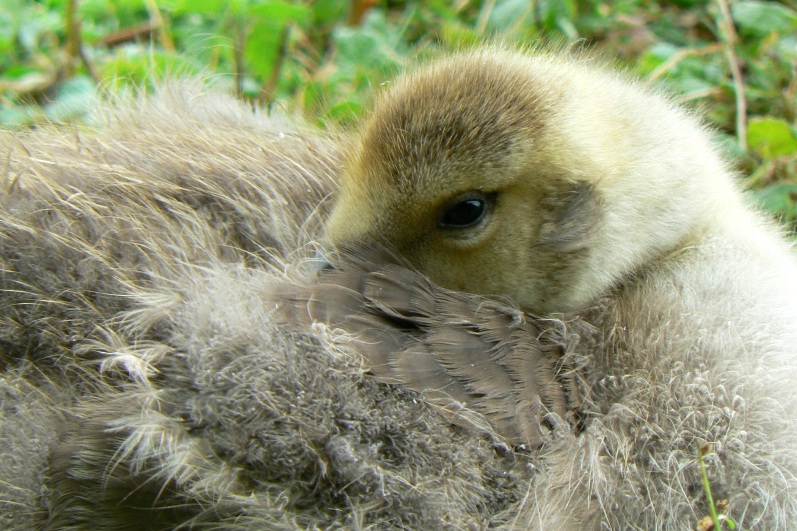
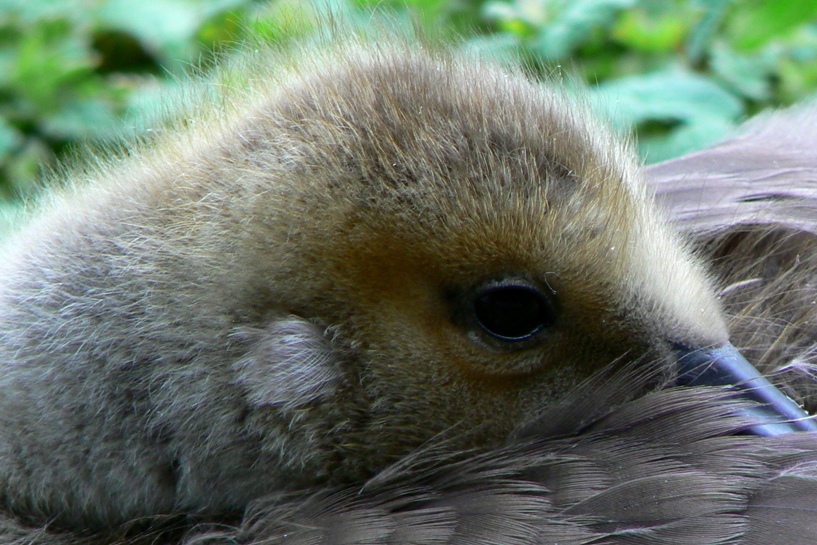
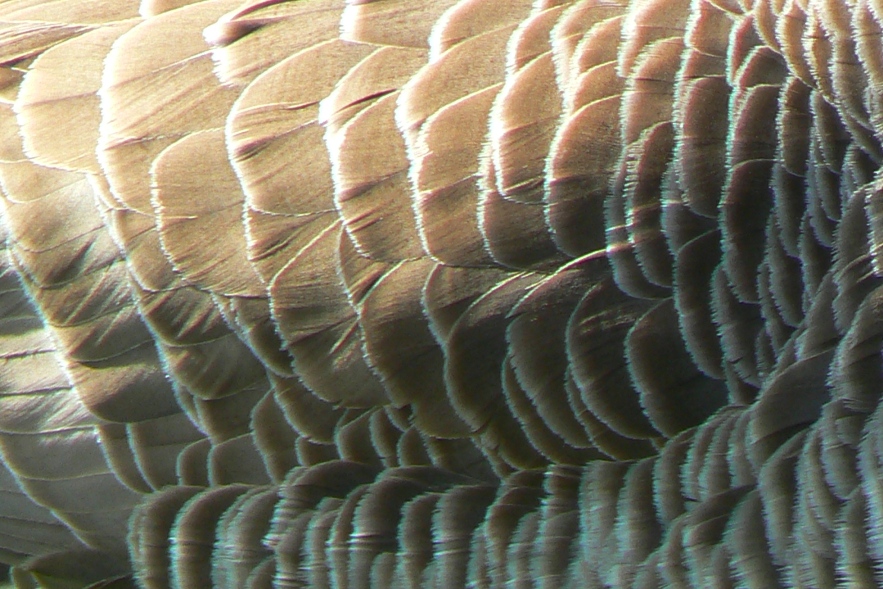
See also
Tomorrow we will look at [056] the Barnacle Goose and other Branta species.
